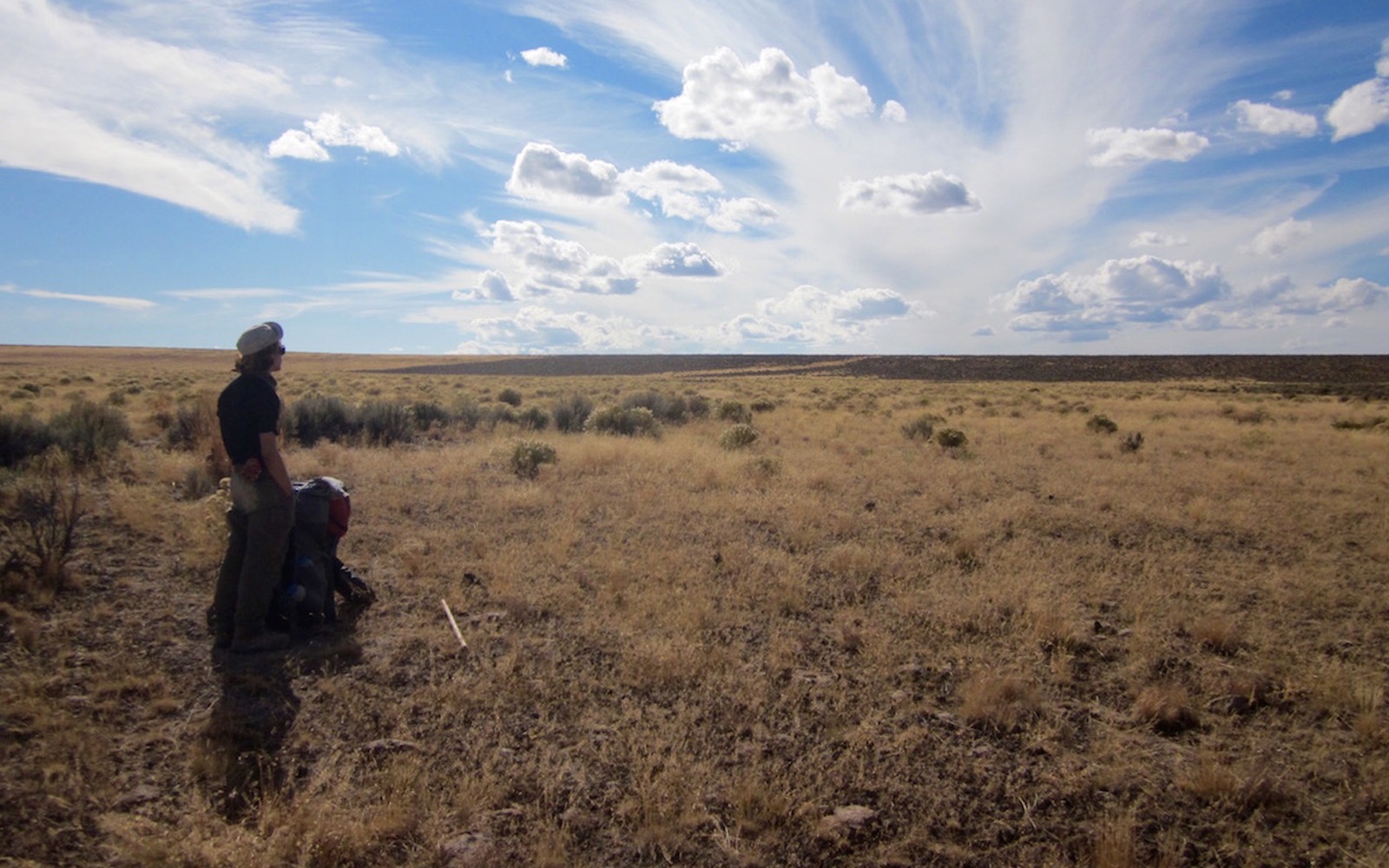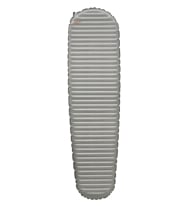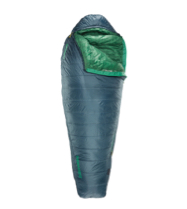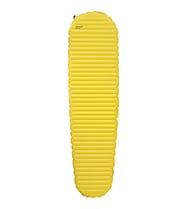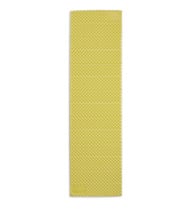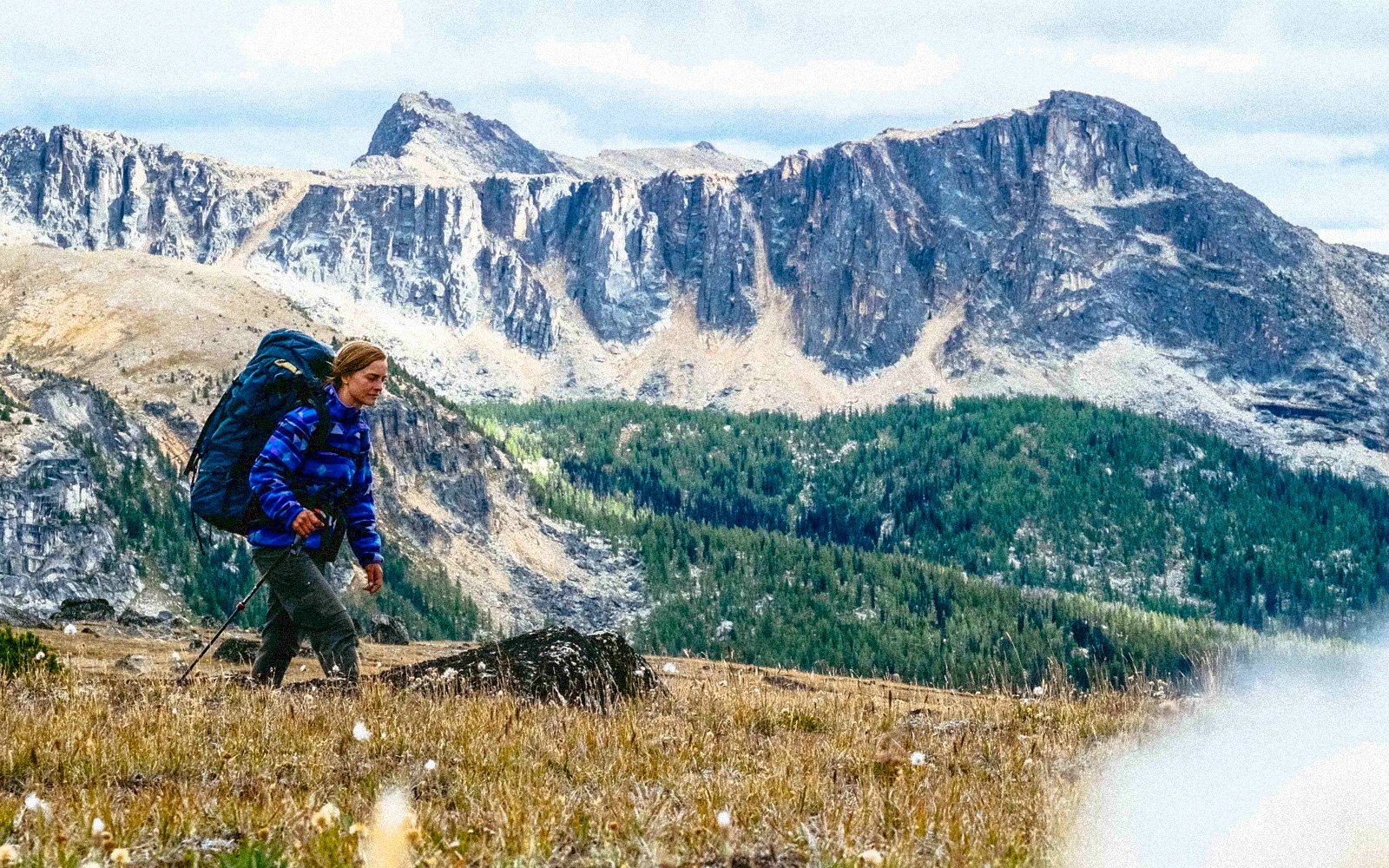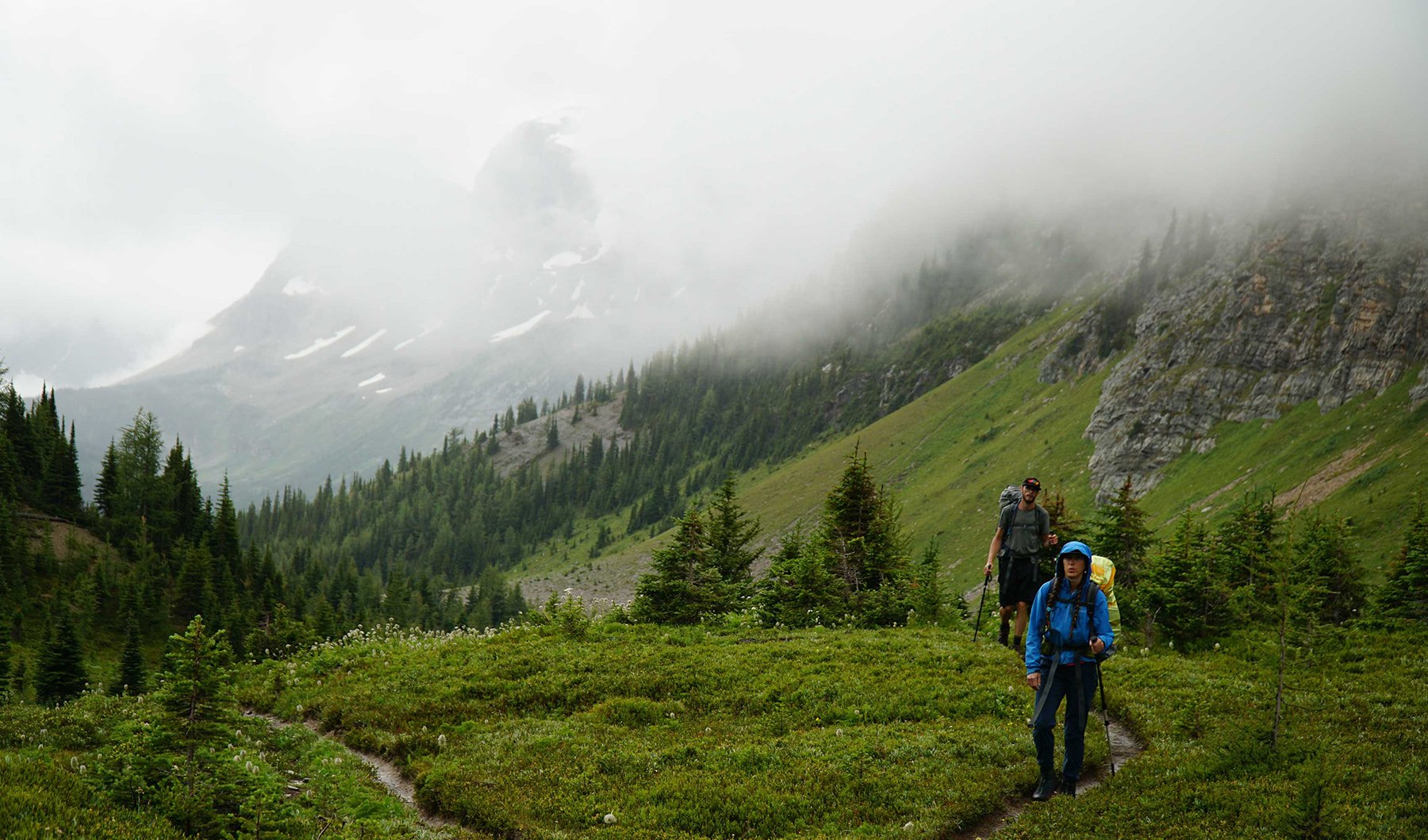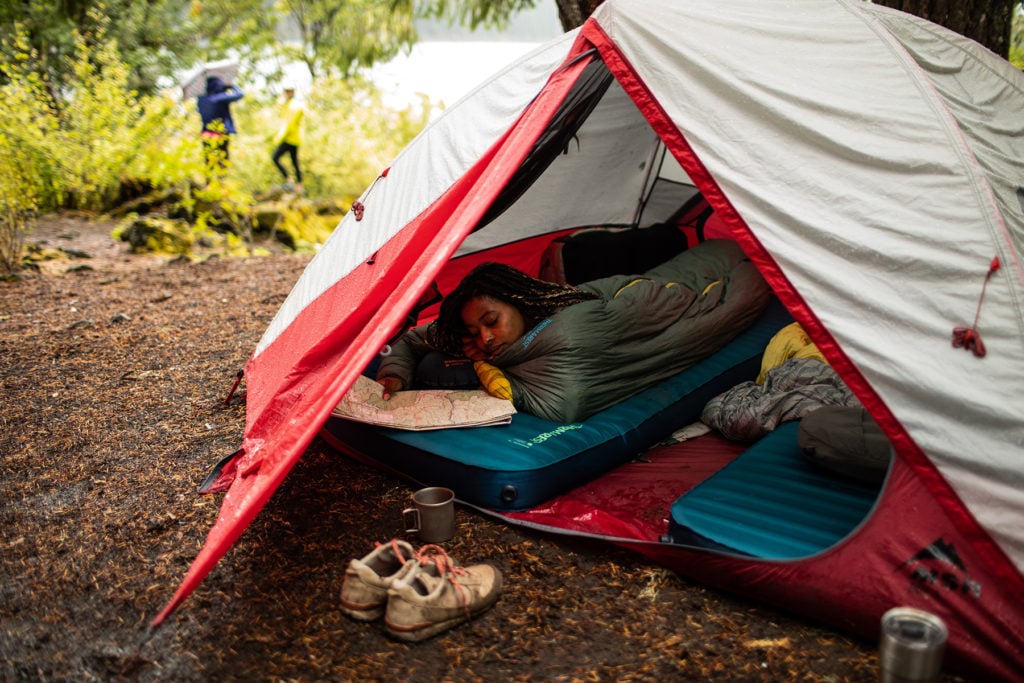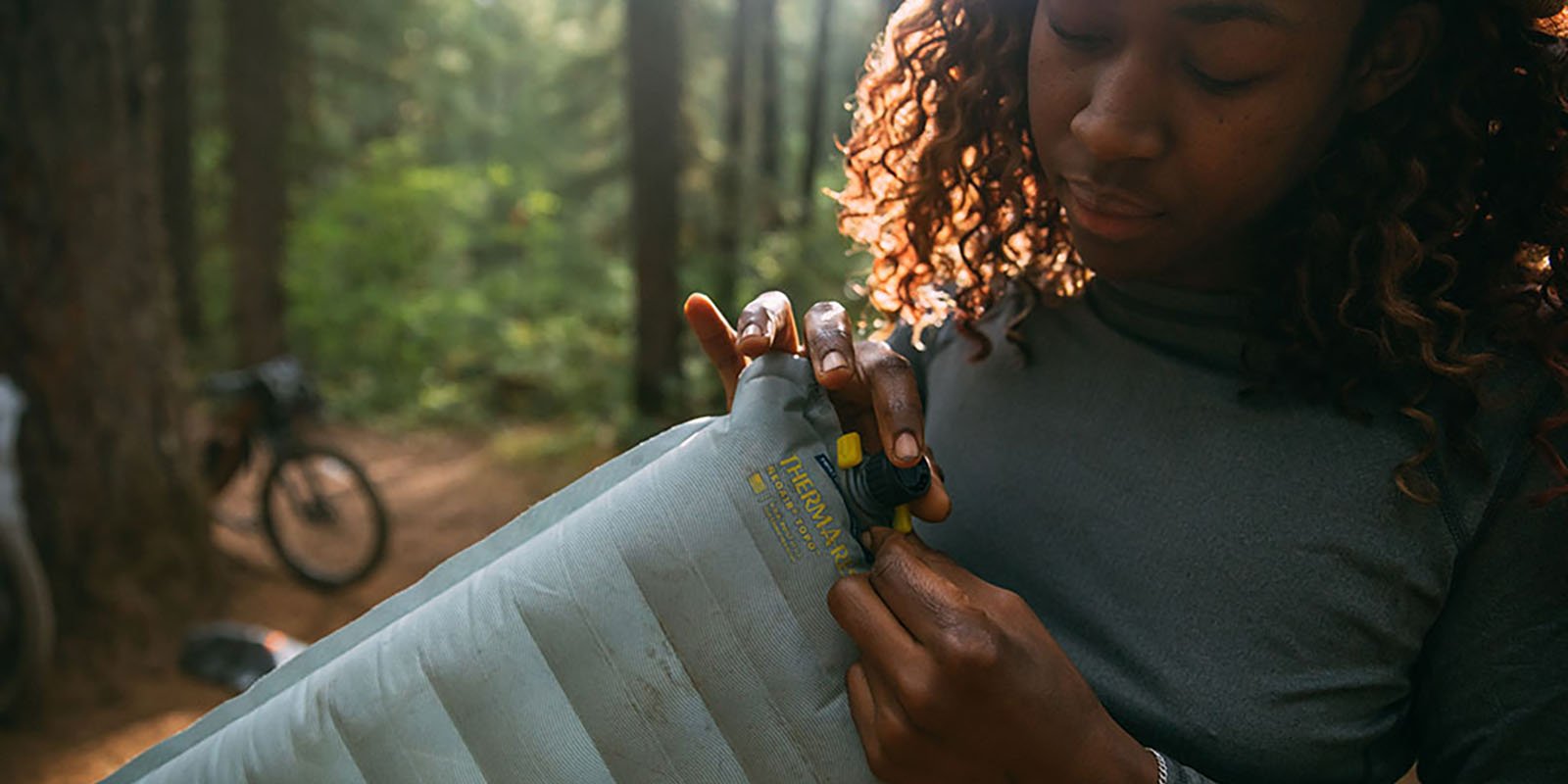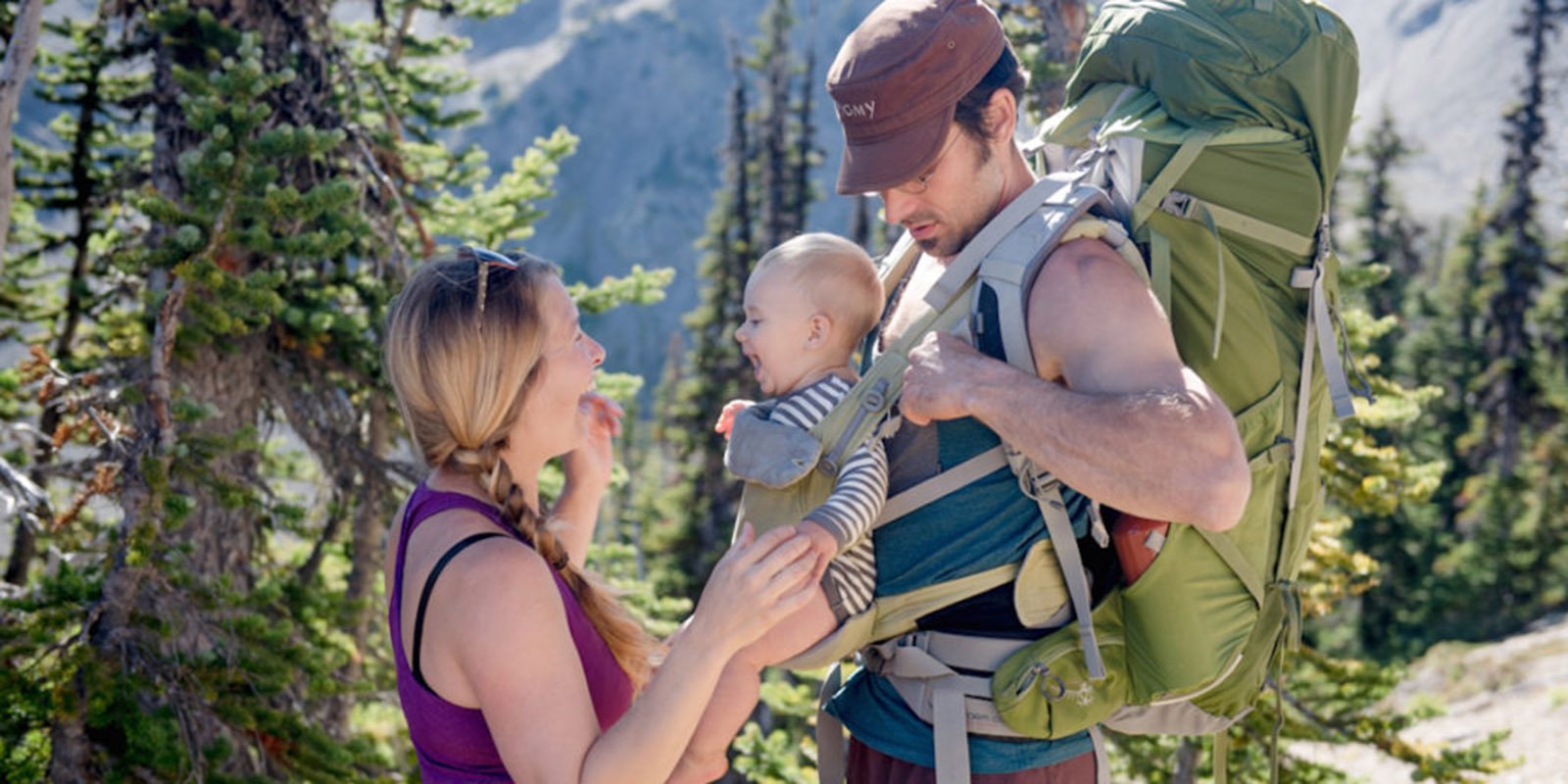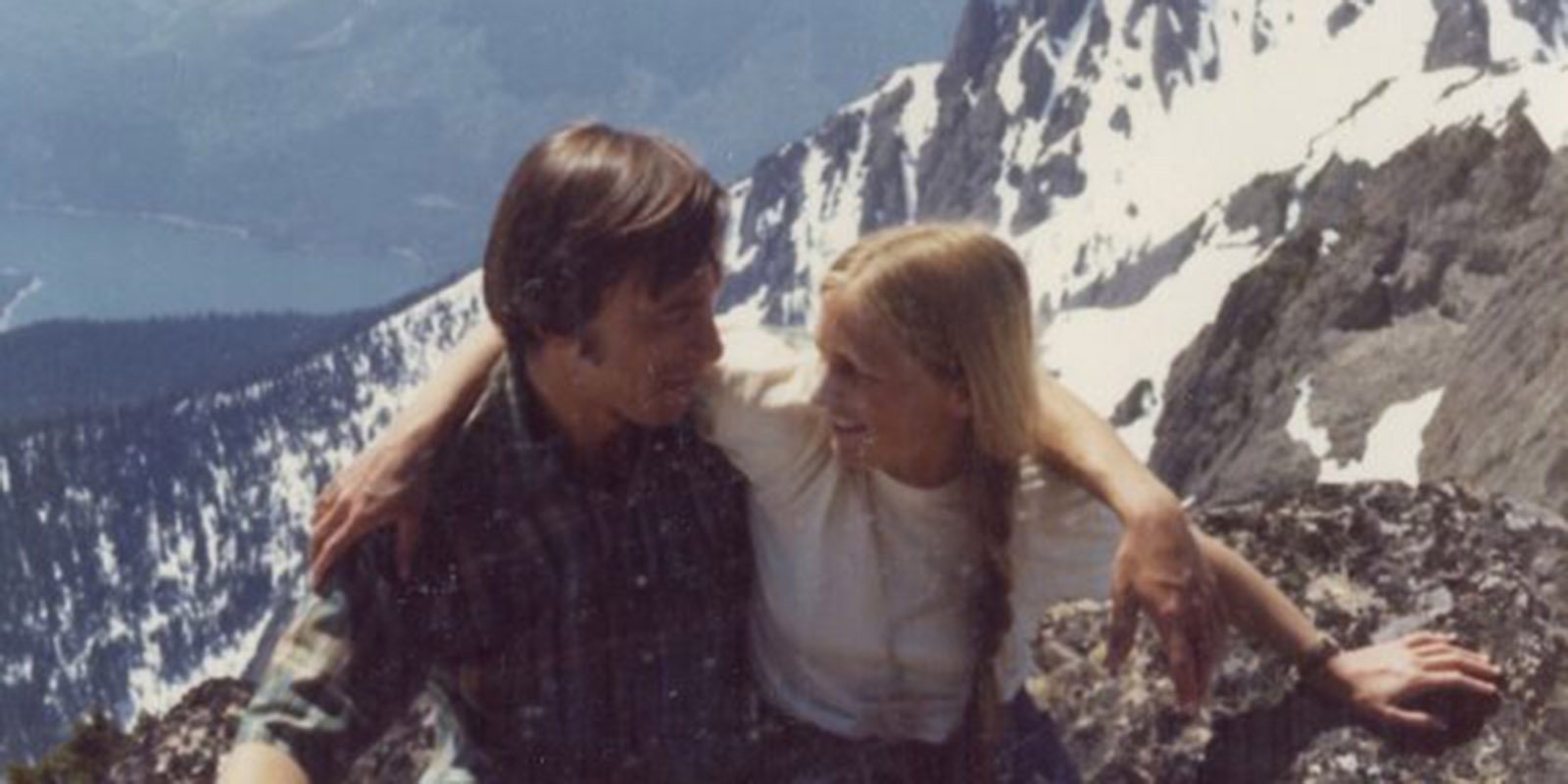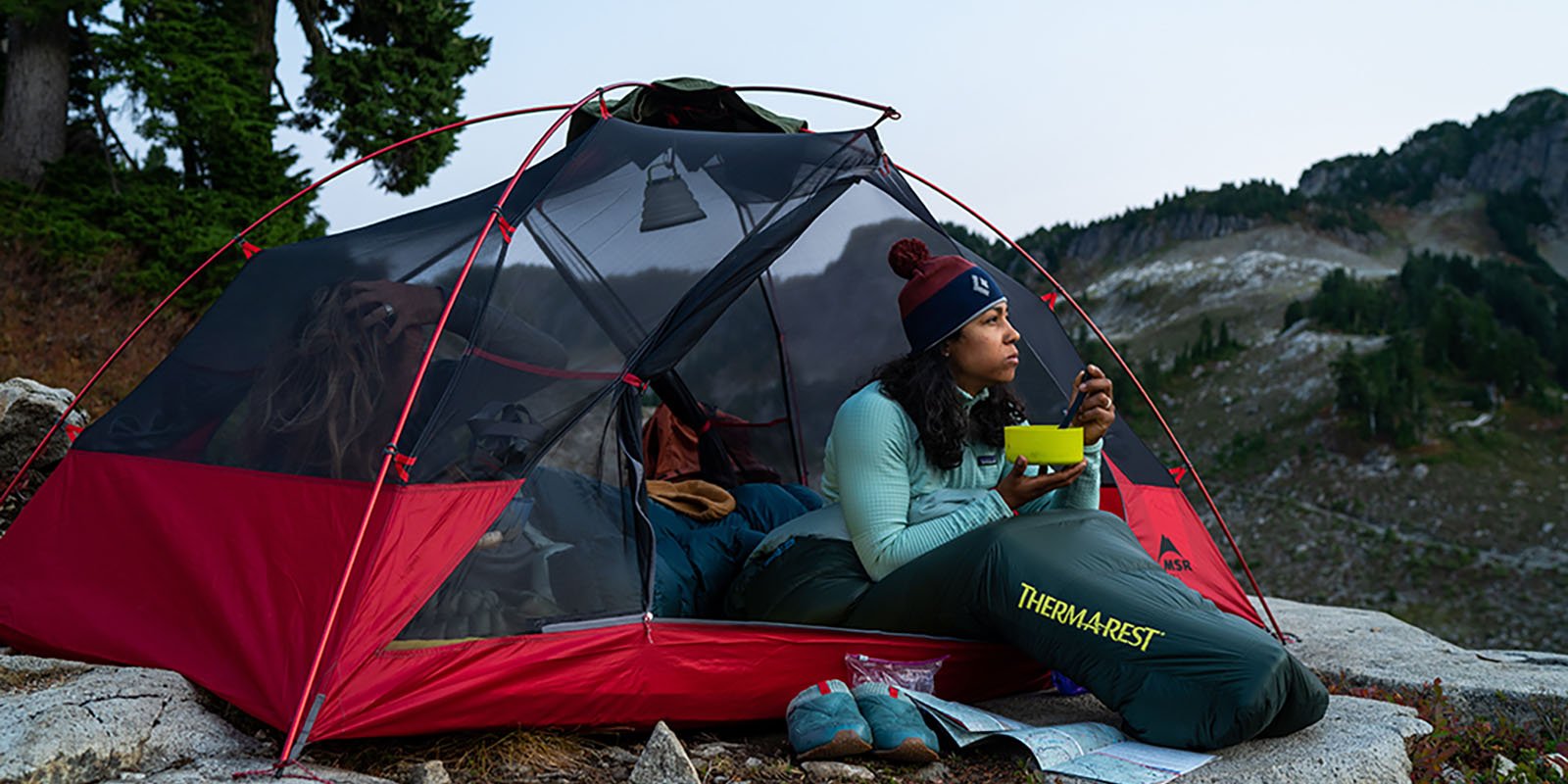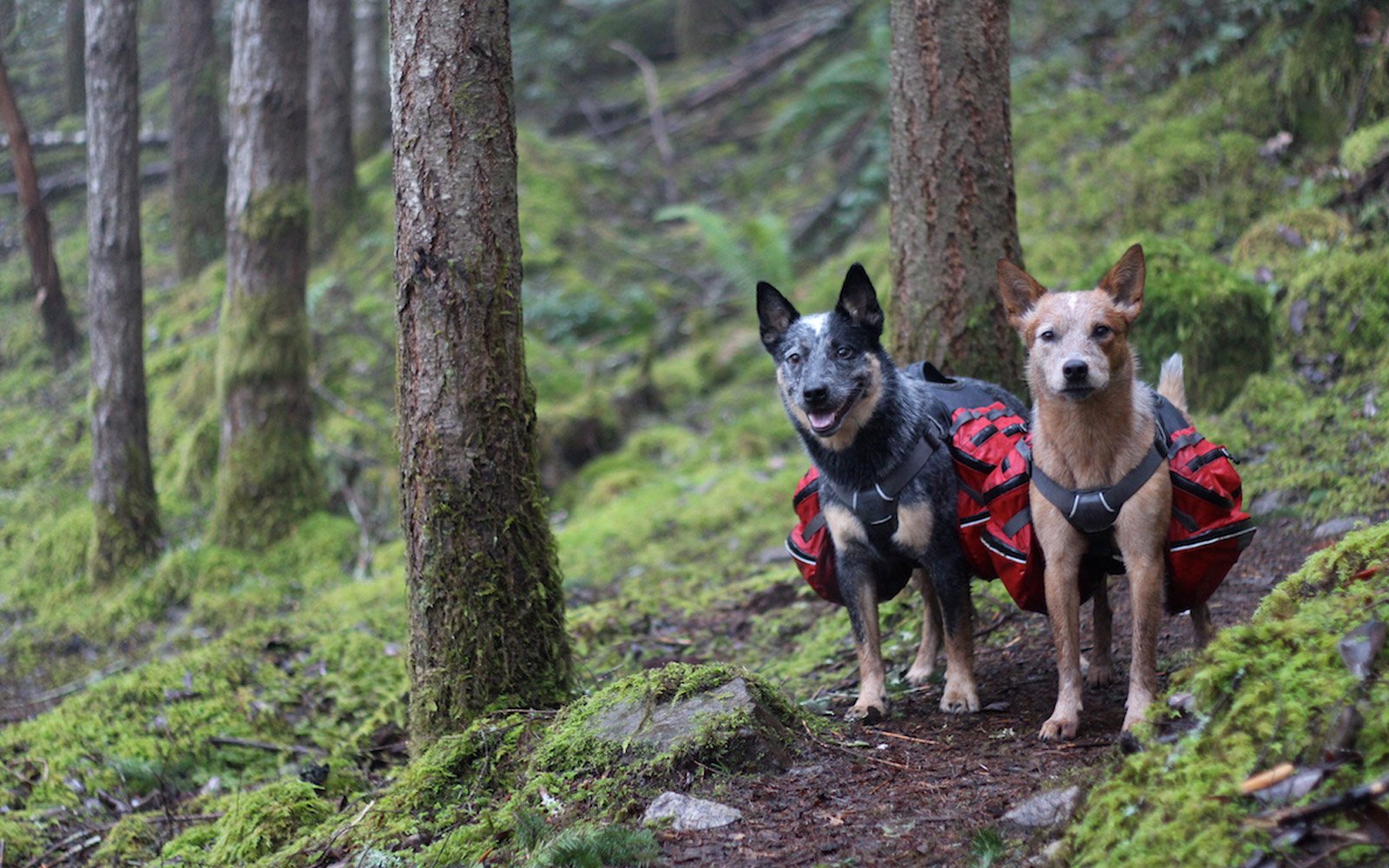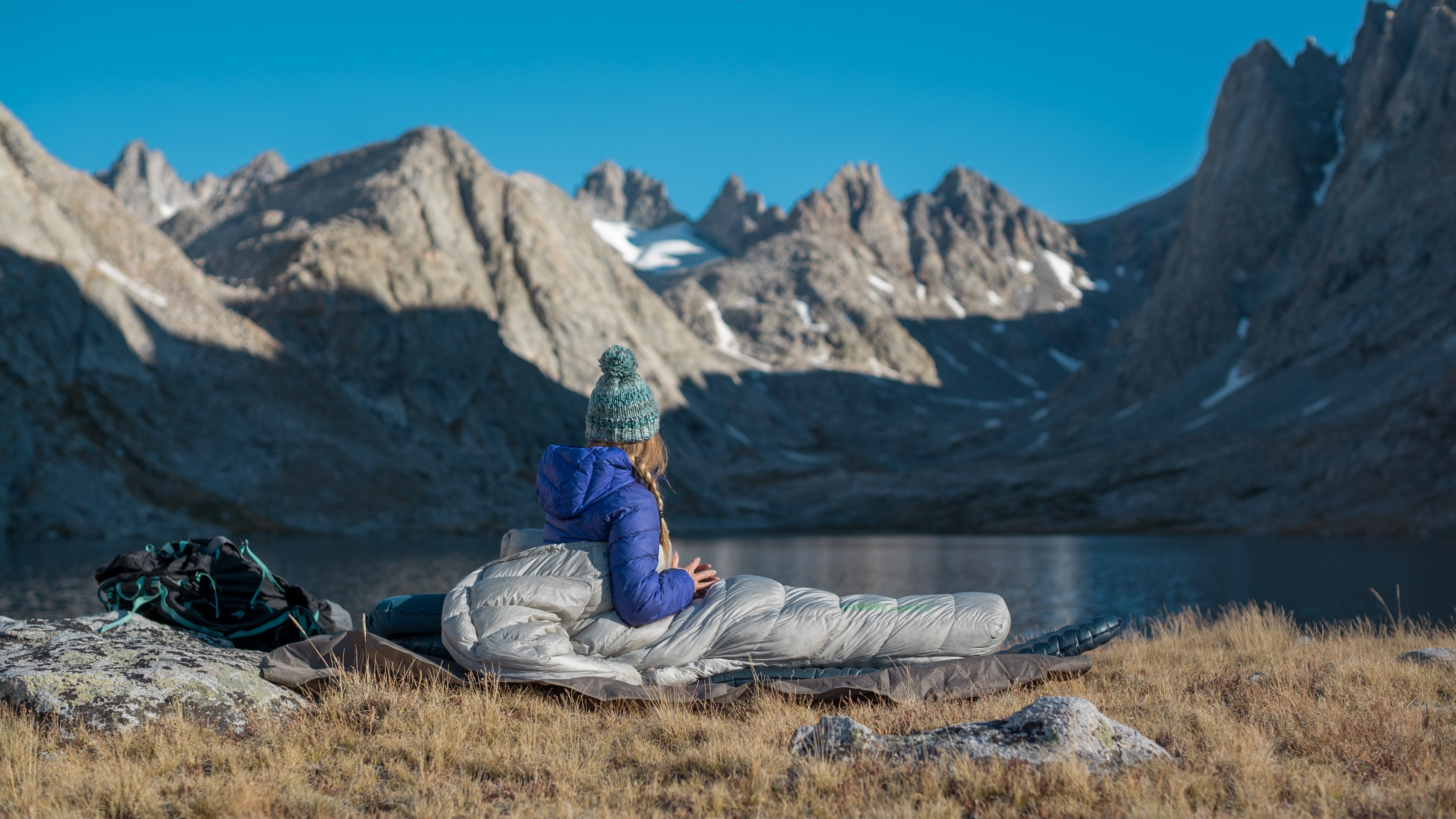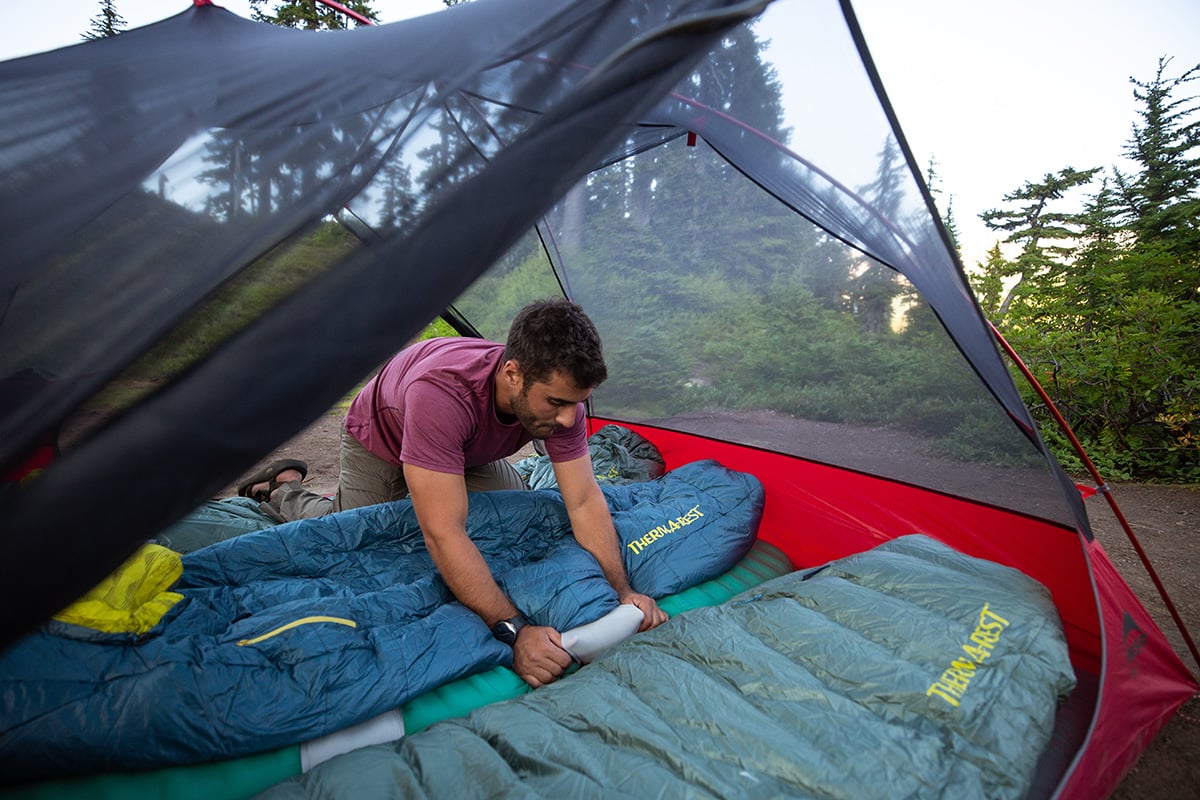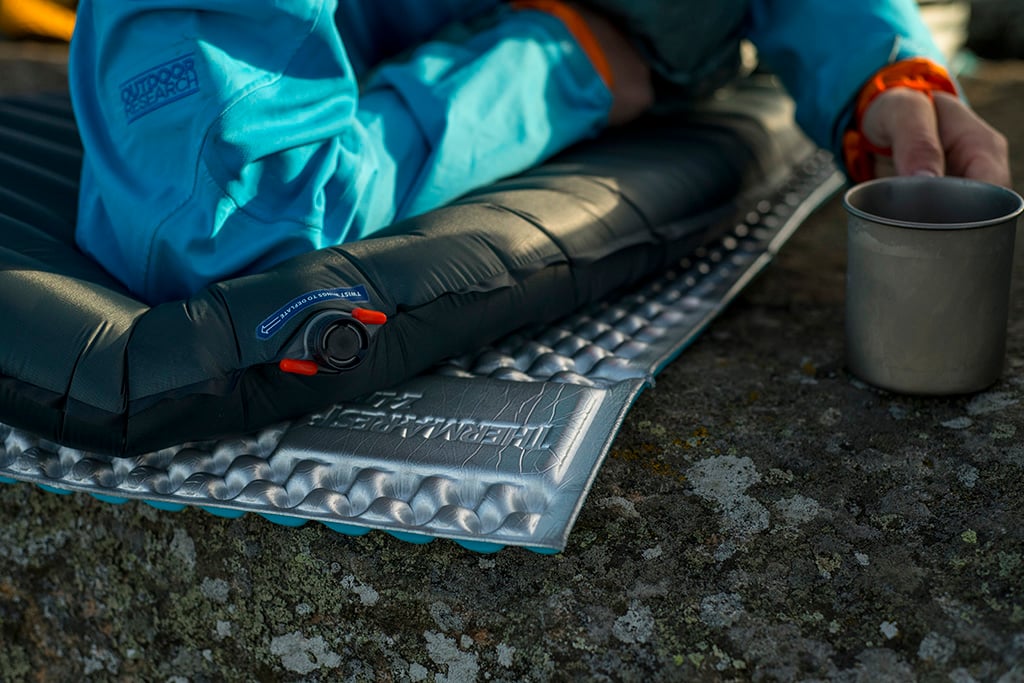Though only 5 p.m., the forest was dark and snow fell heavily. The eight of us (three wilderness therapy guides, plus five participants) huddled around a fire beneath a tarp staked down with snowshoes—our wet and cold bodies packed onto benches of snow with grand hopes of warmth. Socks hung from lines above the fire and 16 wet and bare feet dangled just over the flames.
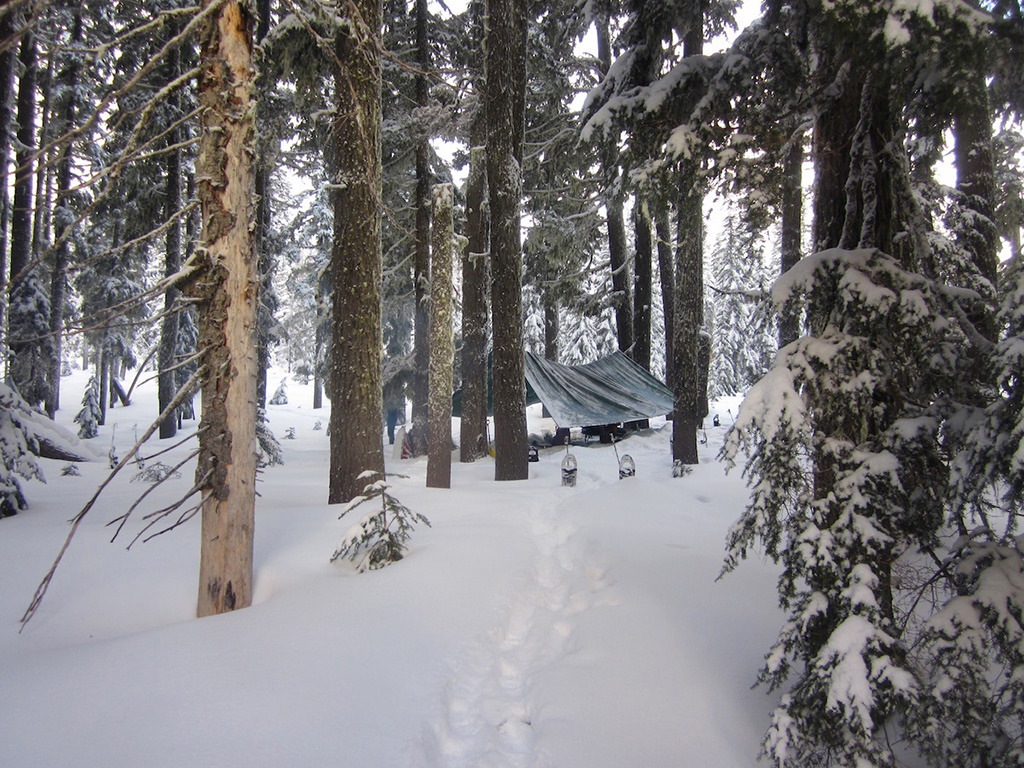
It was day 17 of 23. Our “family” had been attempting to weave a winding path through the Oregon Cascades, searching for direction, healing and hope. The teenage participants were mostly there against their will, though some had begun to enjoy themselves.
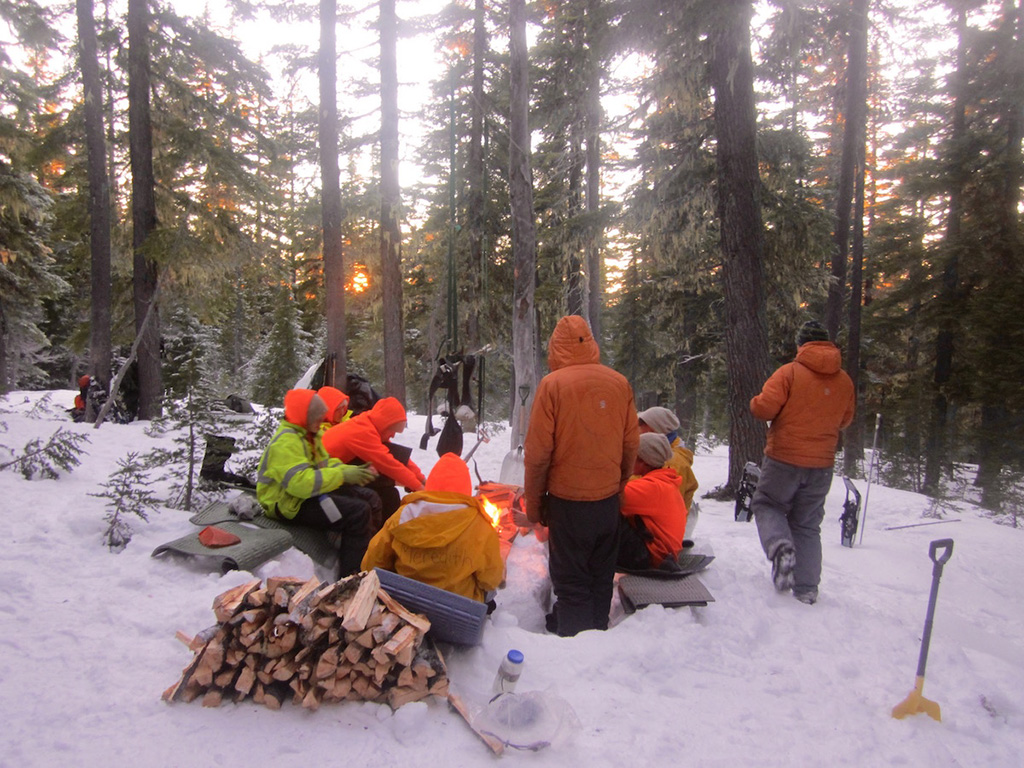
But 23 days in the wilderness with no showers, no change of clothes, no heater or cooler or dryer and teenagers had taken its toll. You’d think this would be a recipe for ripe smells. And, well… you’re right. Try as we might, we guides were unable to impress a sense of backcountry hygiene on our mostly male population. However, living in the backcountry for over half of each year, we developed a quiver of routines and tricks to keep ourselves healthy and clean.
5 Tips for Better Backcountry Hygiene
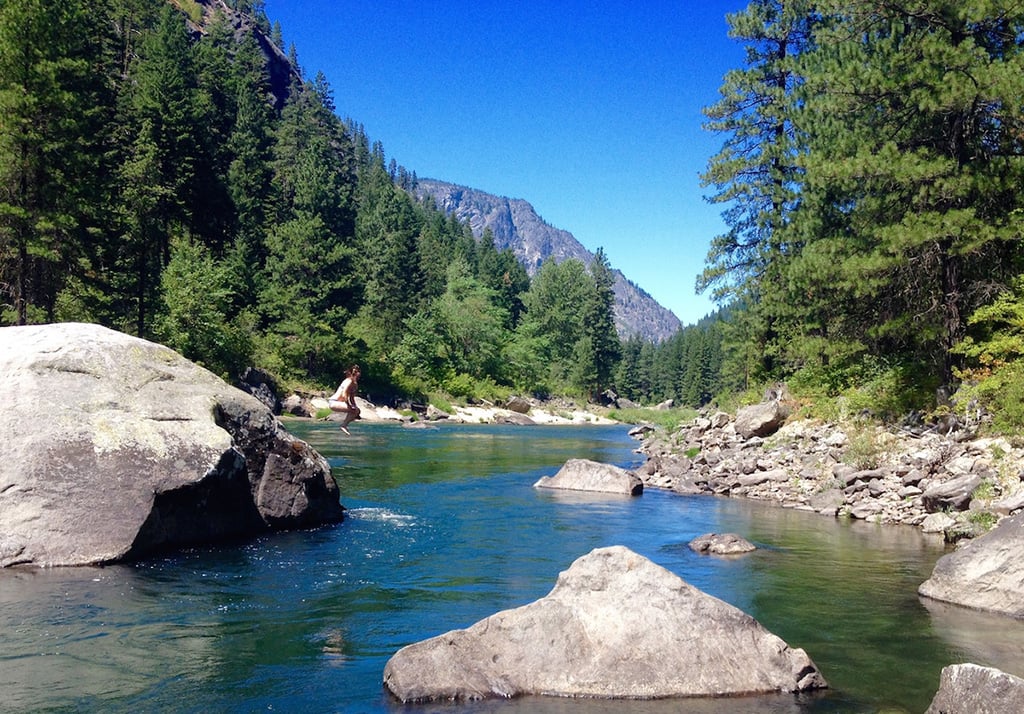
1. Jump In
Whenever there was an opportunity to get into water, I jumped in. In warm and sunny weather, I’d leave my clothes on—or use them as wash cloths—to give them a clean as well. In cold weather, I’d jump in sans clothes so that I could warm myself easily. Soap is not a huge necessity. It’s amazing what water and a brisk scrub can do.
2. Wipe-a-Day
In the absence of water and the inescapable presence of dirt, we have but one ally: baby wipes. I rationed myself to one wipe a day, starting with my face and neck, and then moving onto my hands, armpits, and further south in a logical progression. I burned the used wipes in a fire or, if no fires were allowed, packed them out in my duct tape bag (see below).
3. Duct-Tape Hygiene Kit
Before going into the field, I made each female participant a duct-tape “fem” kit. I covered a large Ziploc bag in duct tape and included inside hand sanitizer and two smaller Ziplocs, one containing feminine hygiene products, and another for garbage and used products. These sturdy bags kept smells from escaping and provided privacy for the girls; the duct tape makes the Ziploc so durable that I reused my outside bag for years.
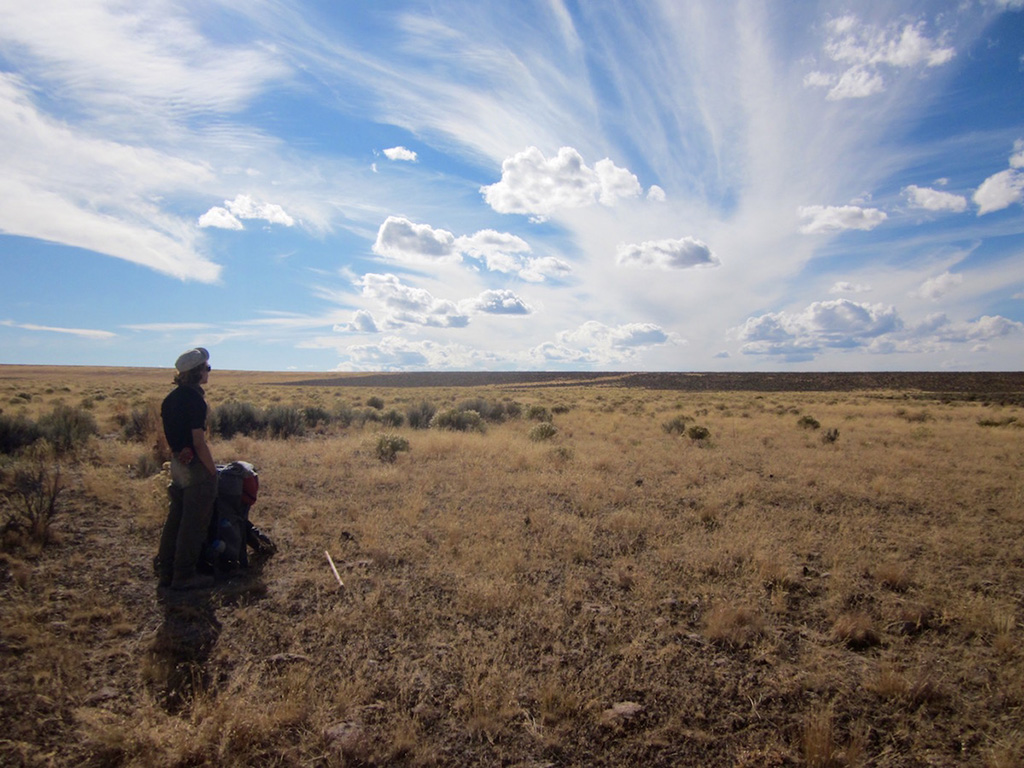
4. Warm Water + Handkerchief
They may be simple, but handkerchiefs are one of the most multi-purpose, essential items in our wilderness kit. Serving as a head garment, a fly swatter, and a water sieve, handkerchiefs are also useful as both wash cloths and towels. In cold environments, I would warm a pot of water over the stove and give myself a bath. The warm water cut grease almost as well as soap. Additionally, a just-used tea bag can serve the same purpose (with a bit of nice scent added as well!)
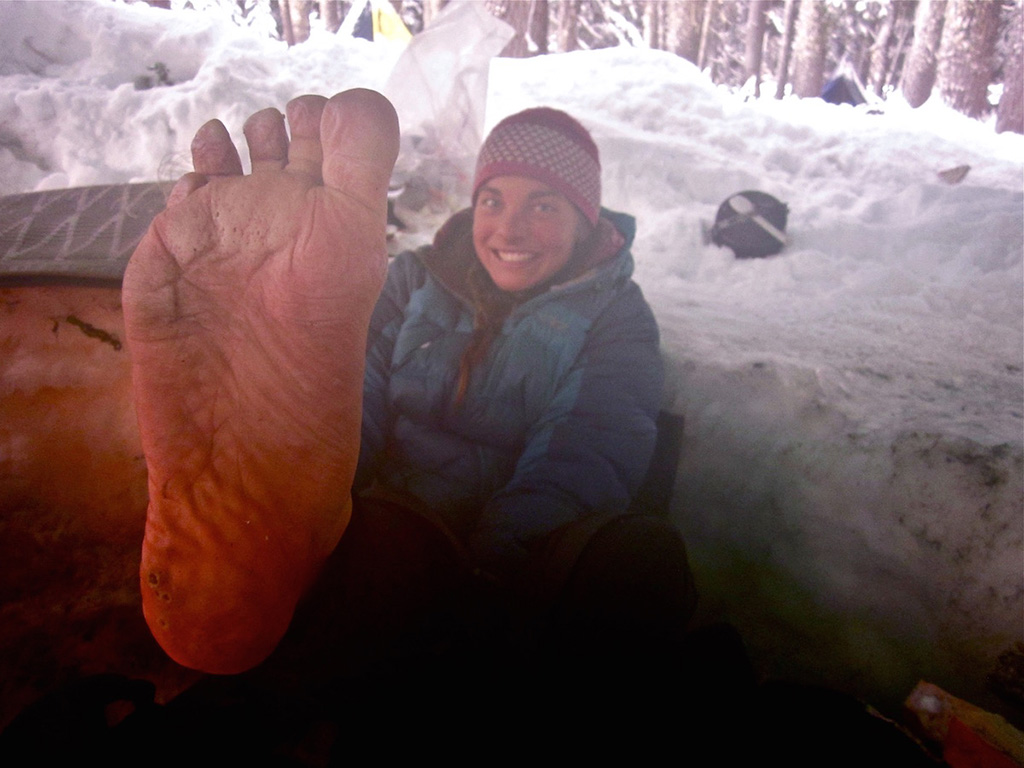
5. Foot Care
Feet are perhaps the easiest parts of our bodies to neglect, yet, when backpacking, the most essential to care for. This was one piece of backcountry hygiene that we dutifully impressed upon our teenage participants. However, with ever-present tasks and 14 other feet to look after, my own suffered; by the end of my first year as a wilderness therapy guide, I had developed trench foot, warts, and cold injuries on my dogs. And so I developed a nightly routine: each evening I dried out my bare feet, liners, and socks over the flame, and applied coconut oil infused with lemongrass essential oil (or Vick VapoRub) as an antibacterial, antifungal, and sweet-smelling moisturizer. At night I wore a dry “sleep” pair of socks and cuddled up with my damp socks to continue to dry and warm them for the morning. Lastly, I began wearing Gore-Tex socks over my wool socks during the day to keep out as much water and dust as possible.
Related Posts:
- How to Stay Comfortable in the Backcountry – 5 Tips
- Taking Kids Into the Backcountry
- Guide Tips For Your Backcountry Challenges
Originally published August 23, 2016
